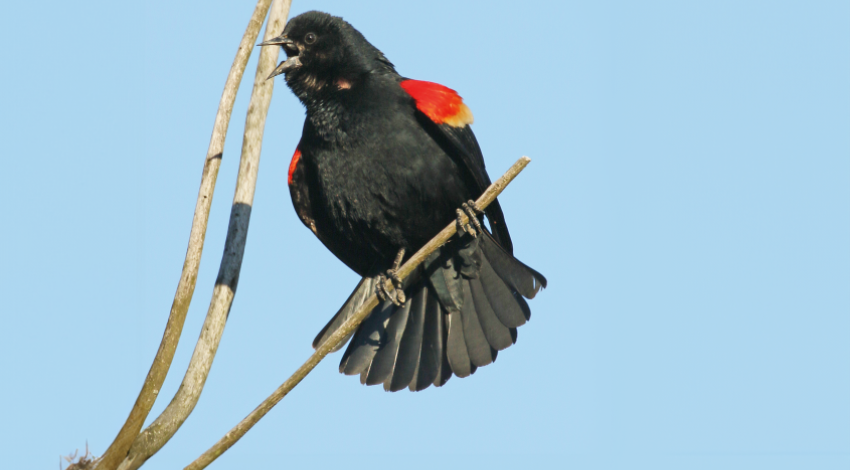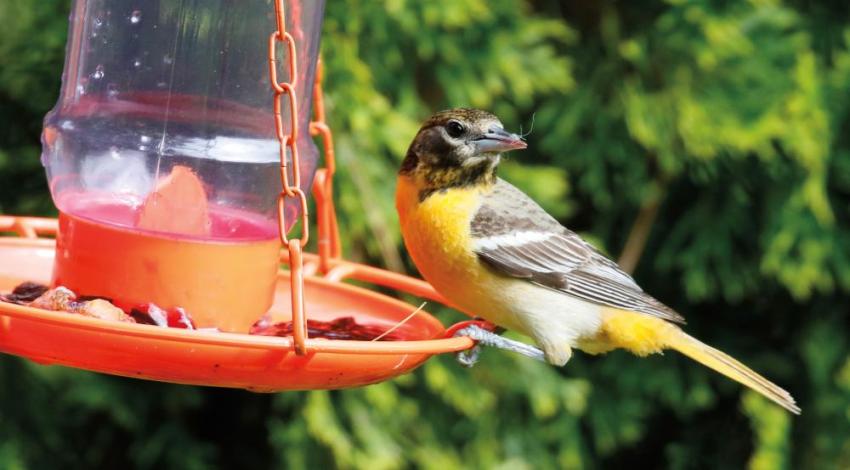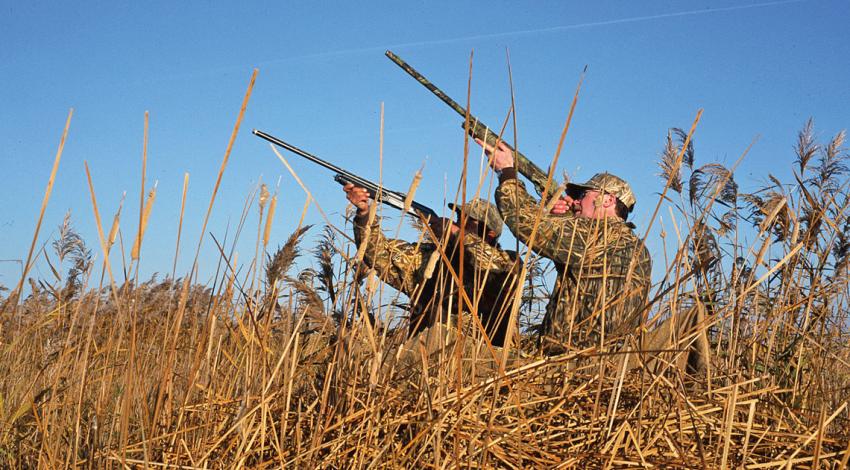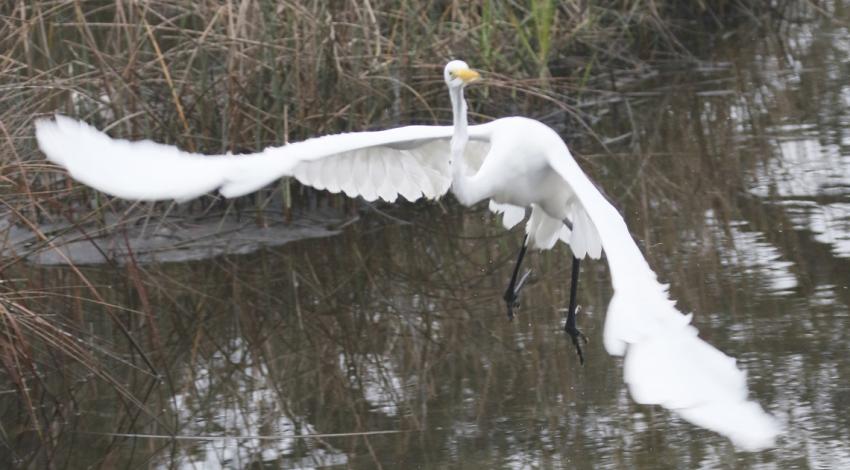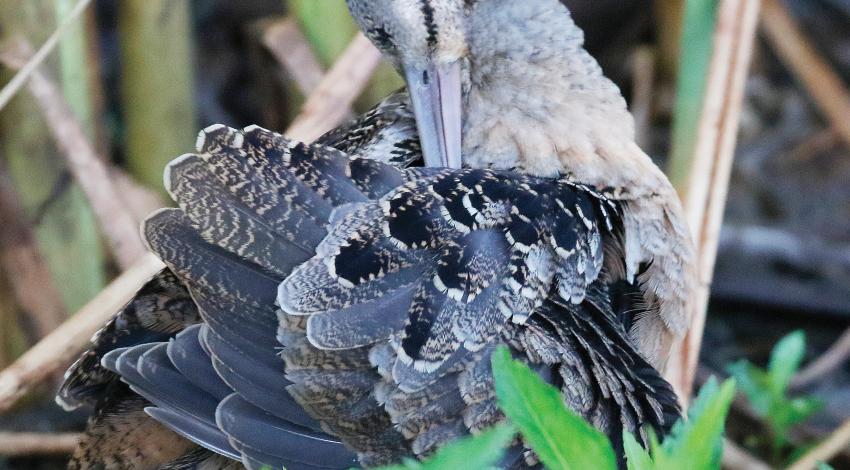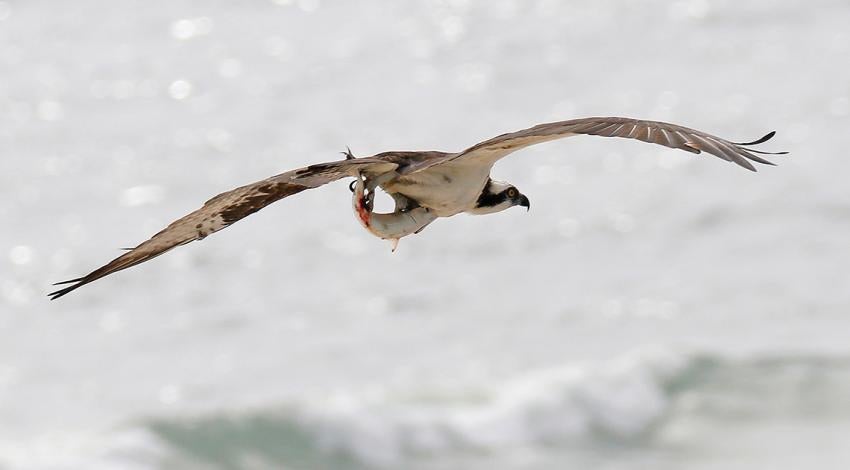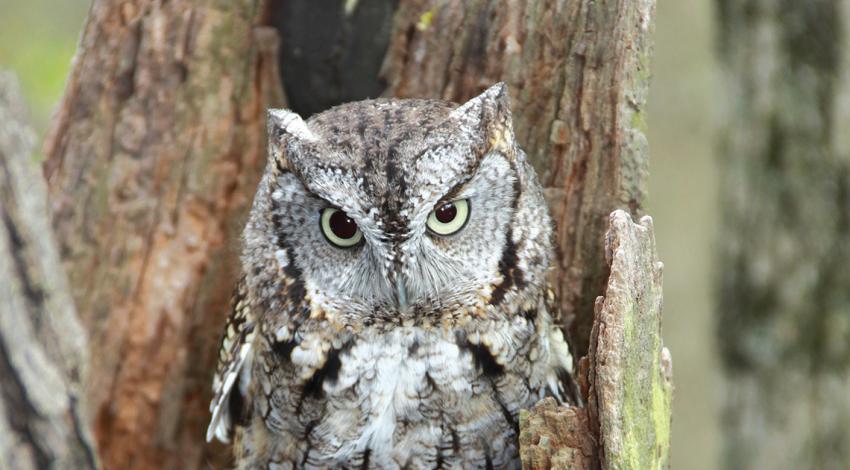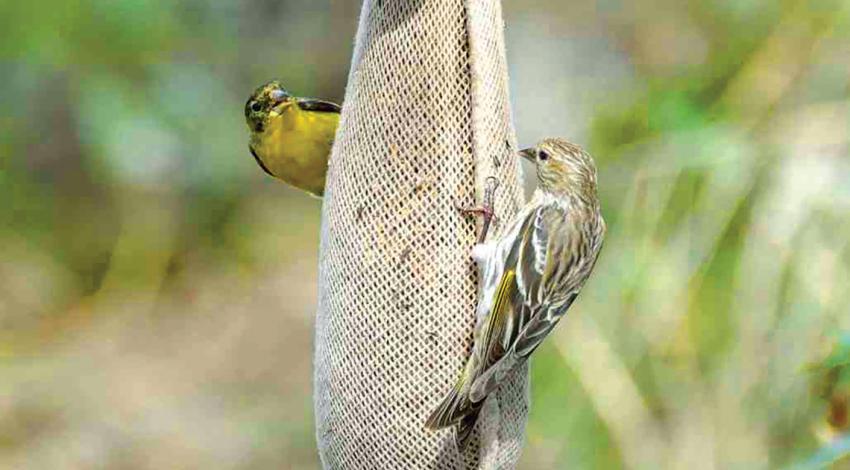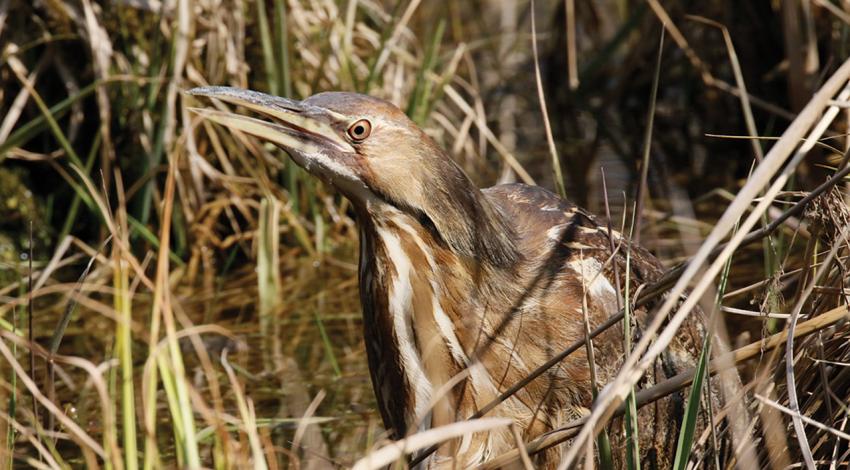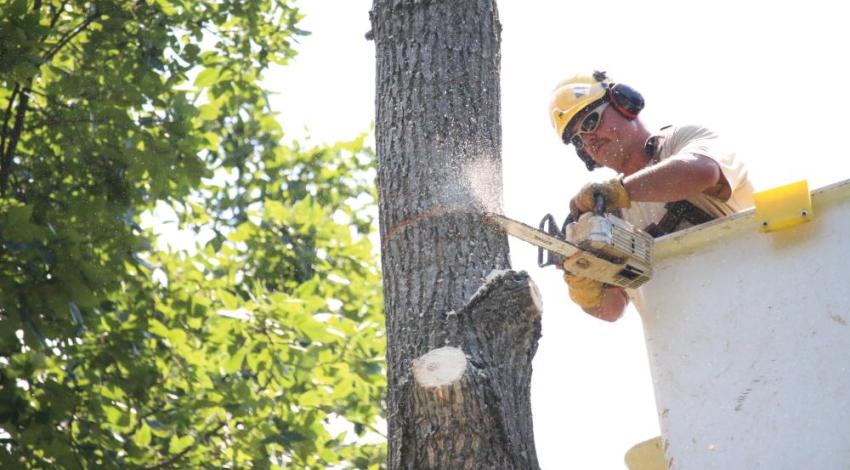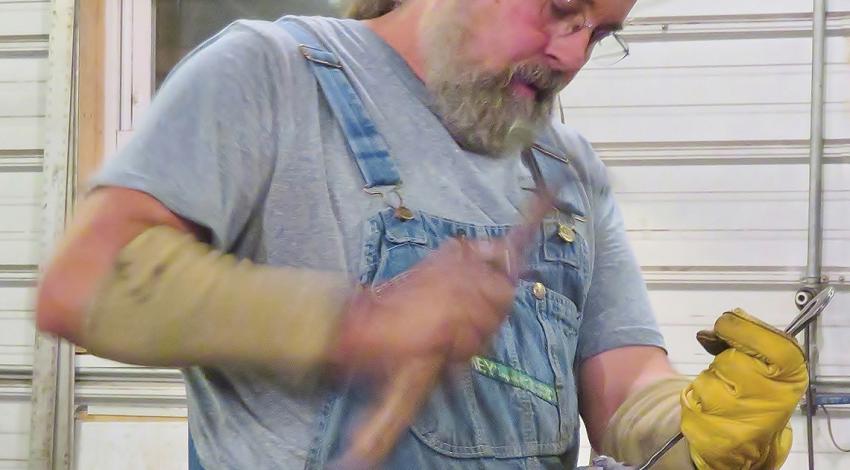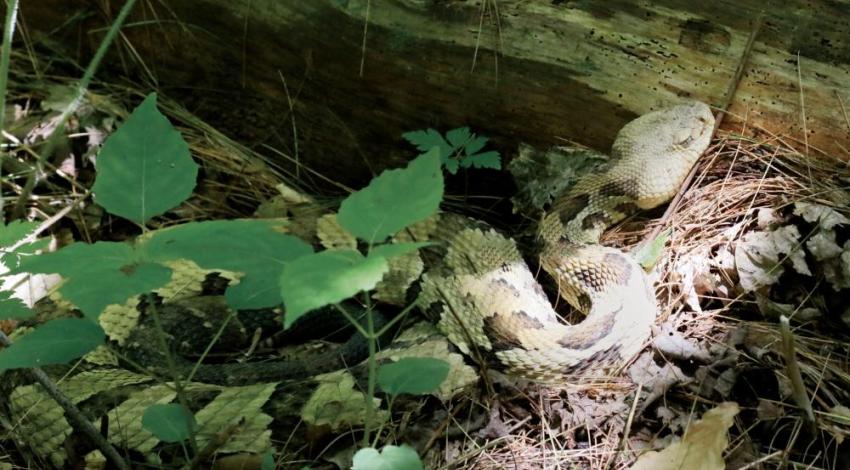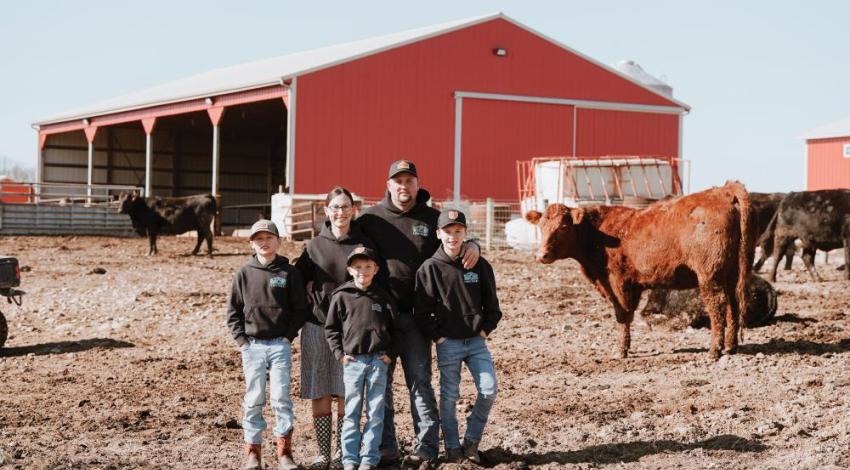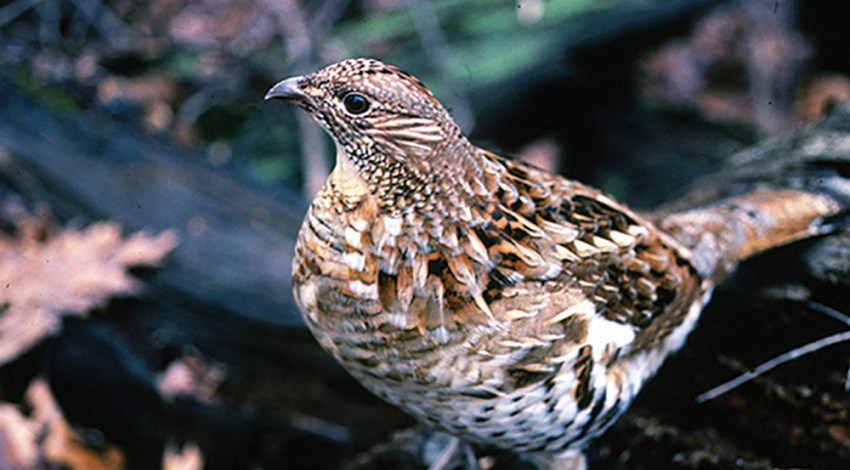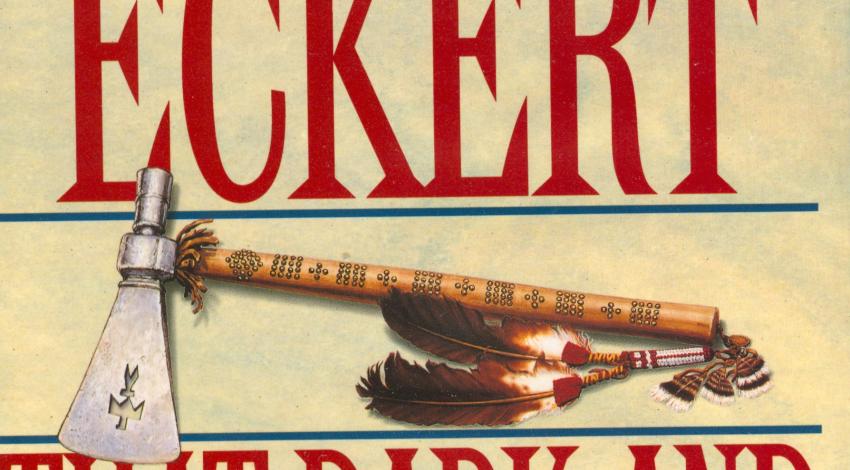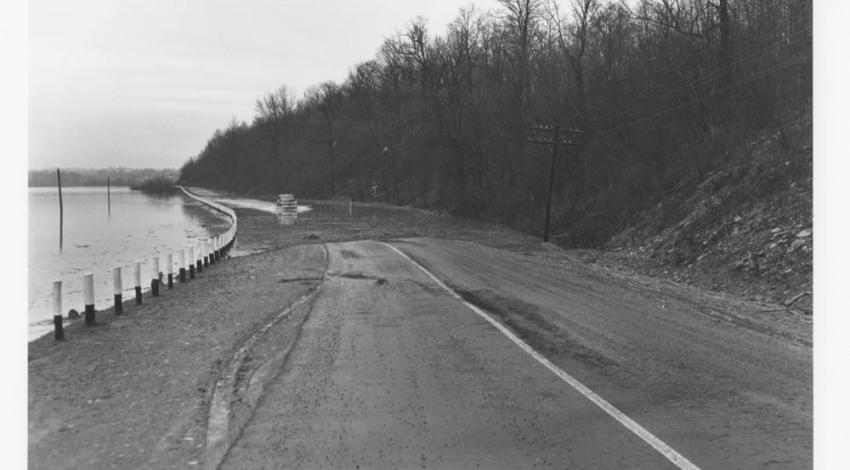This time of year, when most Ohioans can’t stand much more of winter, a certain songbird begins arriving in the Buckeye State with a promise that yet another spring is on its way.
Ubiquitous, conspicuous, and easy to identify, male red-winged blackbirds are a stunning glossy black, their wing epaulets — lesser wing coverts — flashing a vibrant red, highlighted by a yellow bottom-edge stripe. The sight of males bobbing on cattail stalks and sound of their familiar, gurgling “kon-ka-reee” song are sure signs that spring weather is not far off.
